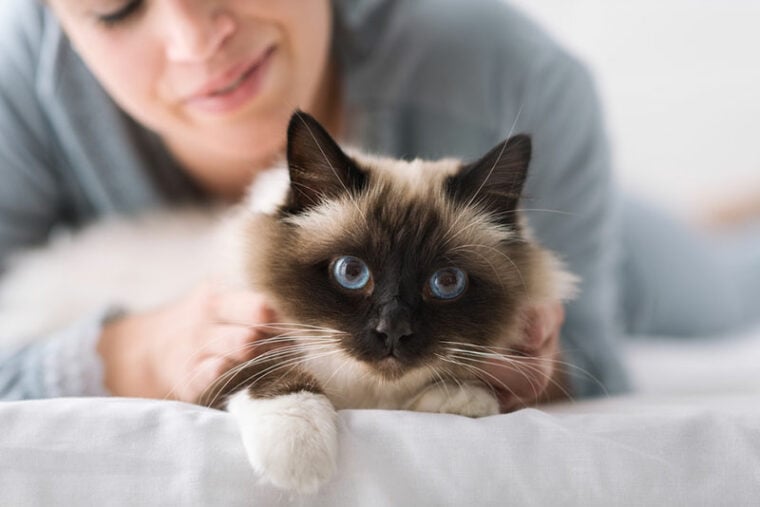
There are around 58.3 million cats living in the United States and mixed breeds are the most popular type of cat in the country. If we throw into the mix that there are also a large number of recognized cat breeds (TICA, for example, recognizes 73), figuring out what breed your cat is or the multiple breeds that make them up can be tricky, but not impossible.
In this post, we offer some tips on identifying your cat’s breed.
The 7 Ways to Find Out What Breed Your Cat Is
1. Size
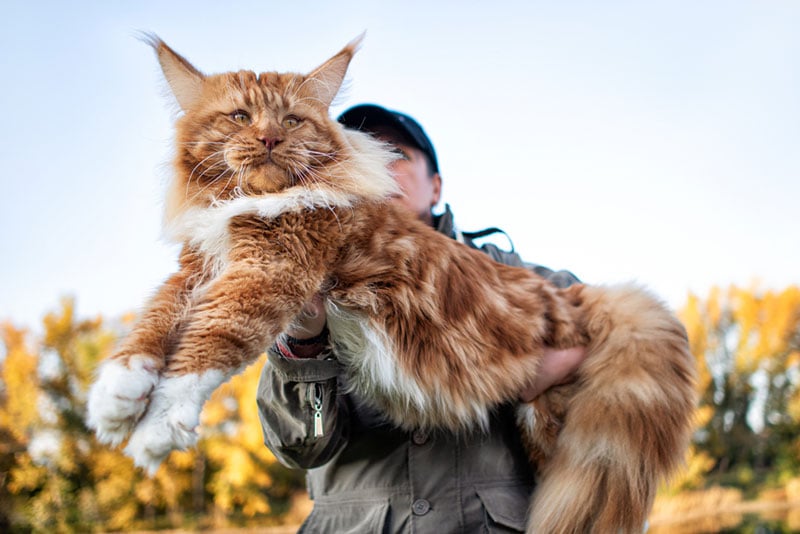
Cat sizes vary from small to large, but the majority fall into the medium category. By checking out how much your cat weighs and looking at their body type, you might be able to get an idea of what breed or breeds they’re made up of. Here are some examples of breeds in each size category:
Note: Some of these breeds can fall into two categories, for example, small to medium (like the Siamese) or medium to large. Also, note that female cats are often smaller than males.
2. Face Type
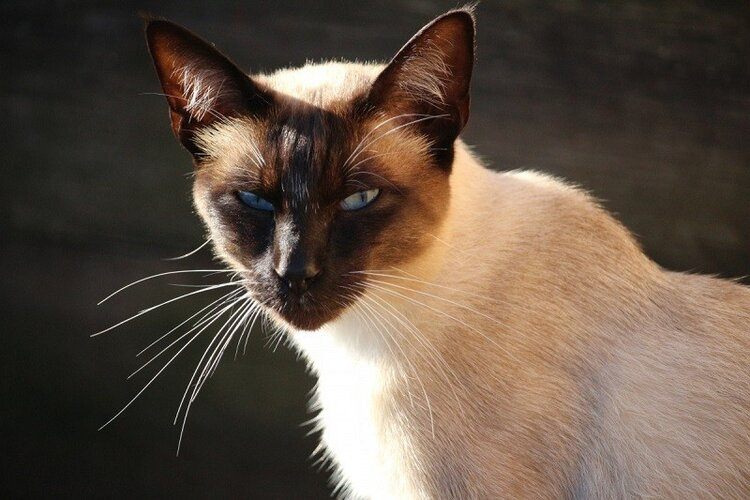
Cat faces come in all shapes and sizes, ranging from narrow and wedge-shaped to broad and flat-faced. Breeds with these features include:
3. Ear Type
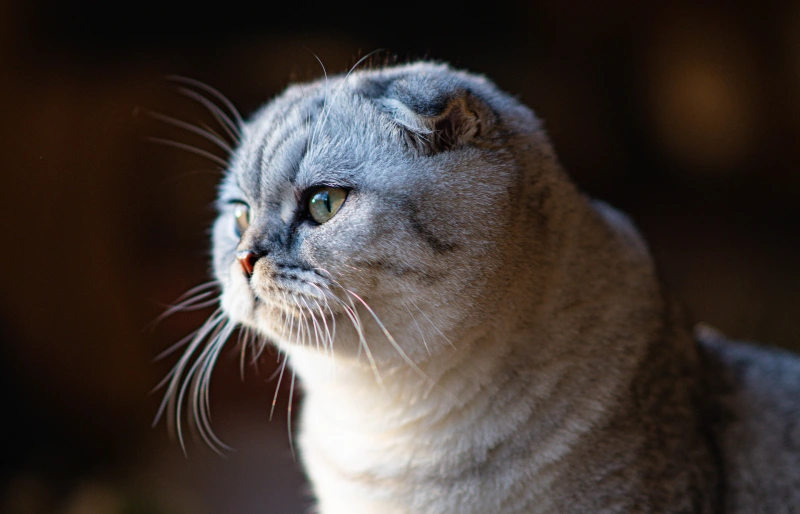
Just like face types, ear shapes can differ by breed. Ear types include curled, folded, and tufted/furnished.
4. Eye Color

It isn’t always easy to tell a cat’s breed just from the eye color, but some cats have heterochromia, which means to have eyes in two different colors (typically one blue and the other another color). Breeds more likely to have heterochromia include:
5. Hair Length
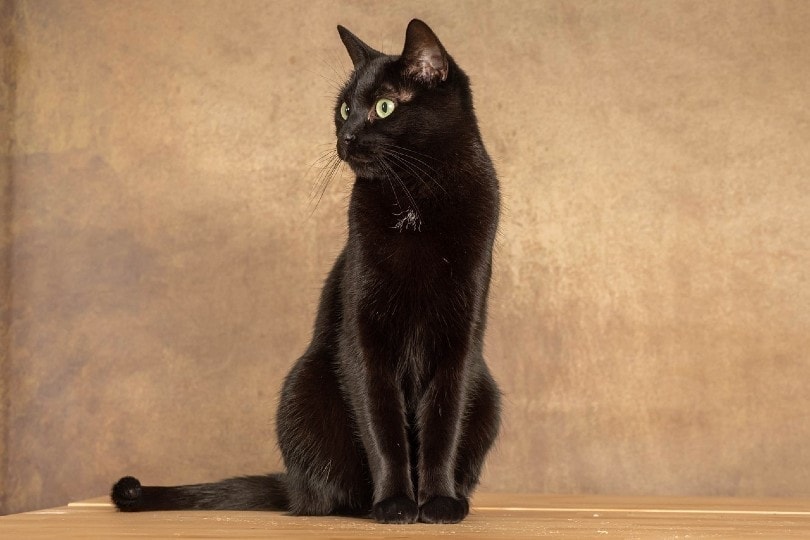
The length of your cat’s coat can help you narrow down potential breeds, but this is a tricky one because many breeds come in both shorthaired and longhaired varieties, and, with mixed breeds, pretty much anything is possible! Here are some possibilities:
6. Coat Type
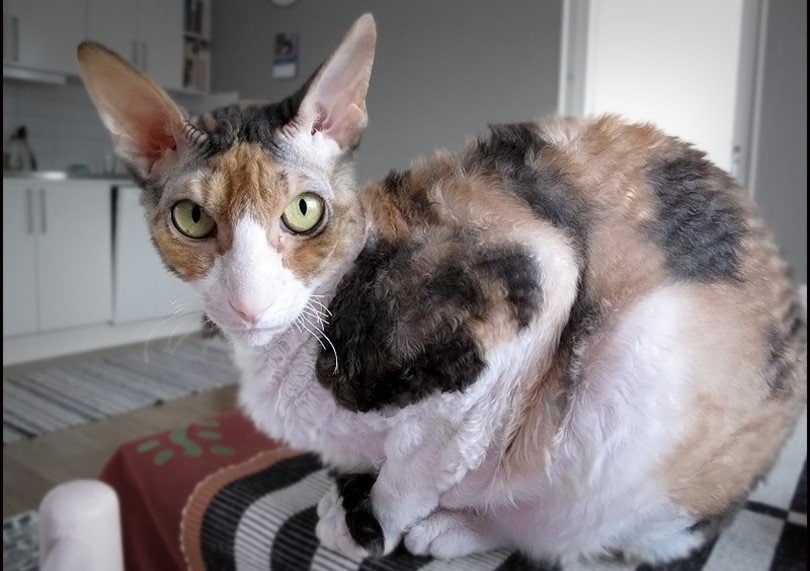
While some cats have straight coats, some are curly, and others are hairless (except for fine, downy hair). Take a look at your cat’s coat type to see if they might descend from a curly-haired or hairless breed.
7. Coat Colors & Patterns
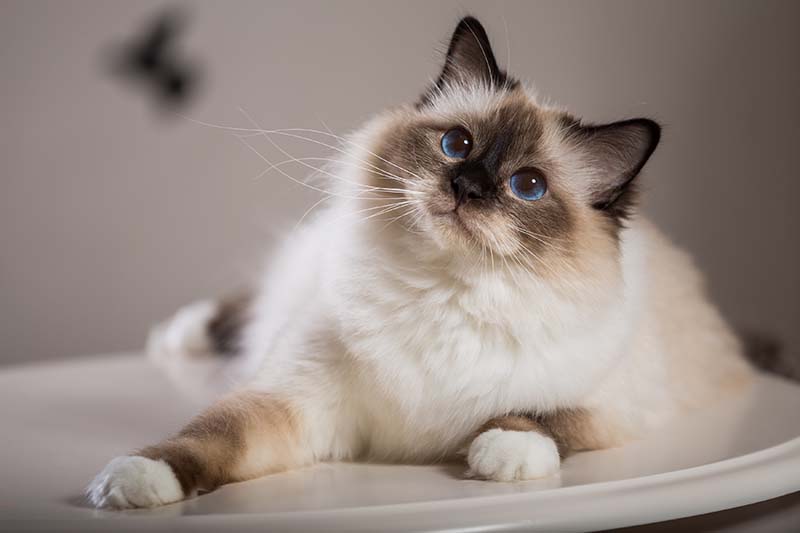
Common coat patterns include calico, which is a tri-colored cat with an orange/red, black, and white coat, and tortoiseshell, which is a bi-colored cat. Tabby cats (cats with stripes, swirls, or dots) are also quite common, as are solid-colored cats. All four of these coat patterns can be seen in a wide variety of cat breeds, so pinpointing specific breeds from these patterns is incredibly difficult.
However, some breeds are famous for their distinctive pointed coat patterns (though some of these can also have other coat patterns). Here are some possibilities:
What About DNA Testing?
If your curiosity continues to niggle away at you and you can’t rest until you’re sure of your kitty’s origins, getting a DNA test is an option to consider.
This is carried out by taking a saliva sample from your cat or doing a simple cheek swab with equipment provided by the DNA testing company. Prior to this, you will likely have to register your cat on the company’s online system. Once the sample is taken, you simply mail it back to the company for lab testing and await the results.
Conclusion
When it comes to identifying your cat’s breed or the breeds that went into making the beautiful mix that they are, physical attributes may be able to give you some hints, but the only way to know for sure is to have your cat’s DNA tested.
If you’re only mildly curious, however, you might decide that DNA testing just isn’t worth the cost—at the end of the day, your cat is always going to be amazing, no matter what breed they are or what they’re made up of!
Featured Image Credit: Stock-Asso, Shutterstock





